ID-ing Snakes In The Garden - Cottonmouth
manature
16 years ago
Featured Answer
Sort by:Oldest
Comments (37)
tannatonk23_fl_z9a
16 years agolast modified: 9 years agosolstice98
16 years agolast modified: 9 years agoRelated Discussions
Snake ID
Comments (23)Hi, Wayne!! *waving from Sanford* Happy to see that you stopped by. It's always good to have you verify something like this. I've never seen this snake, though I've seen southern hognoses here and there. The coloration was very different from what I'm used to. But that's the only thing I could figure with that little upturned nose that I thought I could see. Next time I'm in Vaodiva's neck of the woods, I hope I can spot him! Marcia...See MoreID this snake please?
Comments (8)I'm sorry to hear of the snake's demise, but I do understand that it is easy to panic when a snake is inside the house and you have a little one. For future reference, this was indeed a harmless banded water snake, and would not have posed any kind of problem to you at all. The main reason you can tell it wasn't a diamondback is...no diamonds! The eastern diamondback rattlesnake has very plain diamond shapes on it, rather than bands of color like this one had. Here is a picture for illustration. You can clearly see the diamonds running the length of this snake. Also, don't forget that most of the time diamondback rattlesnakes have RATTLES. Not always, as they can get broken off. But usually. They are heavier bodied than the banded water snake, and the rattles look like a series of buttons at the tip of the tail. In this picture, the rattles are black, but visible. One more picture of a diamondback, showing the diamond pattern, and the rattles. (The tail is held vertical in the center of the coil of this snake, with the tan rattles at the tip.) Notice, also, how really FAT the tail of the rattlesnake is, in comparison to the long, thin tail of the banded watersnake. Your son is darling, and in order to ease your mind if you run across snakes in your house or yard in the future, I highly recommend you learn to identify the very few venomous snakes we have in Florida. In central Florida, that would be two kinds of rattlesnakes (pygmy and eastern diamondback), coral snakes, and cottonmouths (also called water moccasins). They are not very hard to learn to ID, and then if you see a snake that is NOT one of those four, you know it is harmless and can be caught & released, or "swept" out the door with a broom. If you want more info on easy ways to ID these snakes, let me know, and I'll share some past posts and photos that should help. Marcia...See MoreYikes! Water Moccasin/Cottonmouth
Comments (3)not a good mix with dogs as they (dogs) tend to look for trouble, your probably safe as long as you dont step on it.first i would try to get a positive I.D. on it.I saw one at Busch wildlife santuary in west palm,it had a very thick body and a large triangular head.try a google search.what if critter control comes out and the snake is no where to be found.you may never see it again or maybe everyday,who knows. worst case scenario i work with a guy who would probably take to another location for $50.also have a look at the banded water snake, very similar....See MorePlease id this snake
Comments (9)A lot of misinformation here that might be worth correcting: 1. Most people that are bitten by venomous snakes don't die. In fact, it is very rare for someone to die of snakebite in this country. The odds are under 1% of the bites. I personally know dozens of people who have been bitten by venomous snakes (I'm a herpetologist by training) and I know of one person who died. That person was in the mountains of Myanmar and was bitten by a highly venomous cobra and was unable to get medical help. If you are bitten in the US, you aren't going to die. Statistically, more people are killed by dogs, horses and falling furniture every year in the than by snakes. 2. I've never heard of a single person dying from an infection derived from a snakebite. I think you vet needs to stick to the facts that they know. 3. I've been bitten by many hundreds of non-venomous snakes(and one venomous) and have never had an infection from one any more than you would get from scratching yourself on a plant while gardening. A dog or cat bite is much more serious. 4. You should never rely on the lining of the mouth to identify cottonmouths. Yes, adult cottonmouths do have a white mouth lining, but young ones generally don't. Their mouth lining is pinkish, just like many other snakes. And if you are getting close enough to a potentially dangerous snake to see the mouth color, you are putting yourself at risk. Furthermore, cottonmouths don't always show their mouths when scared. Some do, most just try to get away. Cottonmouths are NOT aggressive. I know this because I have done research with the species in the swamps of South Carolina (where I encountered hundreds of individuals) and have also seem many hundreds of cottonmouths in Texas during the course of my birding and herping. Cottonmouths are slow and heavy bodied. They know they aren't fast so their only defense is to sit there and hope you don't notice them. If you get to close, they will sometimes flash their mouth lining but rarely strike, even if seriously provoked. If you want to know the truths about cottonmouths, there is a great article on Slate dispelling the myths and linking to the research - http://www.slate.com/articles/health_and_science/science/2014/09/cottonmouth_natural_history_myths_research_feeding_and_mating_habits_of.html As for identification of cottonmouths, they can be tough to tell from harmless snakes unless you know how to identify snakes properly. Things that DO NOT work for identification include: 1. Swimming on top of the water - sometimes cottonmouths to swim high in the water (floating on top). But they can (and do) swim underwater. And harmless snakes can swim above or below the water as well. So this "characteristic" sometimes works and sometimes is wrong. How useful an identifying character is that? 2. Have elliptical pupils (like a cat) - they do, but so do some harmless snakes. And elliptical pupils aren't always elliptical. They open up and become round in dim light, just like they do on your cat. So once again, not a safe characteristic to rely on. 3. Have triangular shaped heads - yes, they do...sort of. But many non-venomous species also triangular shaped heads or can flatten their heads out when threatened to make them look triangular. And by triangular heads on cottonmouths....do they mean seen from above or from the side? Again, not a useful character. It isn't hard to learn to identify the venomous species that live in your area, but you should learn the characters from reliable sources like field guides, not urban legends....See Moremanature
16 years agolast modified: 9 years agocountrynest
16 years agolast modified: 9 years agomanature
16 years agolast modified: 9 years agolynne_melb
16 years agolast modified: 9 years agowildflowerchris
16 years agolast modified: 9 years agomanature
16 years agolast modified: 9 years agotampaart
16 years agolast modified: 9 years agomanature
16 years agolast modified: 9 years agowayne_mo
16 years agolast modified: 9 years agomanature
16 years agolast modified: 9 years agowayne_mo
16 years agolast modified: 9 years agoearly_bird_2007
16 years agolast modified: 9 years agomanature
16 years agolast modified: 9 years agowayne_mo
16 years agolast modified: 9 years agomanature
16 years agolast modified: 9 years agodoc_dot
16 years agolast modified: 9 years agomanature
16 years agolast modified: 9 years agomanature
15 years agolast modified: 9 years agoyogacathy
15 years agolast modified: 9 years agomanature
15 years agolast modified: 9 years agomanature
15 years agolast modified: 9 years agolellie
15 years agolast modified: 9 years agowayne_mo
15 years agolast modified: 9 years agomanature
15 years agolast modified: 9 years agoimatallun
15 years agolast modified: 9 years agojoyful_garden
15 years agolast modified: 9 years agofloridafarmer
15 years agolast modified: 9 years agobrute
15 years agolast modified: 9 years agowayne_mo
15 years agolast modified: 9 years agomanature
15 years agolast modified: 9 years agoCarissa
8 years agoSuzi AKA DesertDance So CA Zone 9b
8 years agobea (zone 9a -Jax area)
8 years agoJoanM
last year
Related Stories

LANDSCAPE DESIGNTry Slow Gardening for Some Unexpected Benefits
Why set your garden on the fast track? Here's how to relax and enjoy it in an entirely new way
Full Story
LANDSCAPE DESIGNNatural Swimming Pools: More Beauty, No Chemicals
Keep your skin and the environment healthy with a pool that cleans itself, naturally
Full Story
MOST POPULARMy Houzz: Open-Air Living in the Mountains of Bali
Community, jaw-dropping beauty and sustainability come together in a tropical paradise for a London expat
Full Story
MOST POPULAR15 Remodeling ‘Uh-Oh’ Moments to Learn From
The road to successful design is paved with disaster stories. What’s yours?
Full Story
BEDROOMS7 Ways to Make a Small Bedroom Look Bigger and Work Better
Max out on comfort and function in a mini space with built-ins, wall mounts and decorating tricks that fool the eye
Full Story


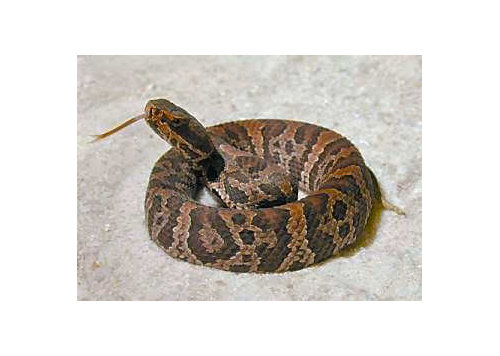
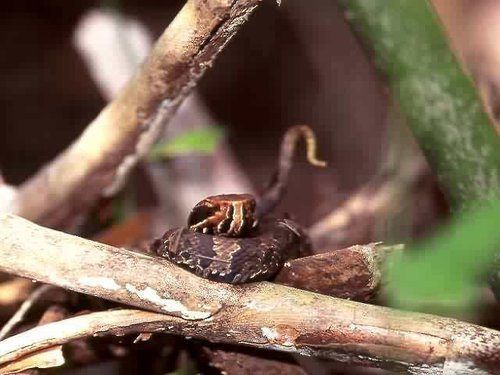
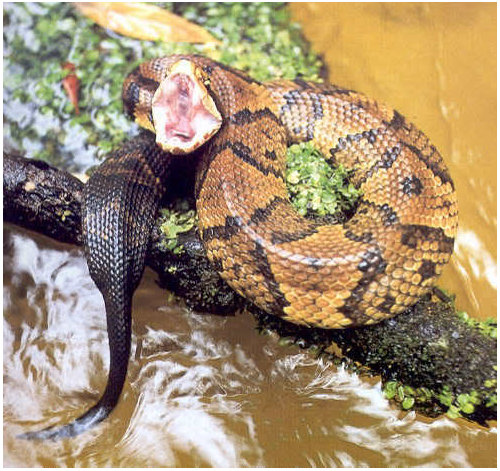
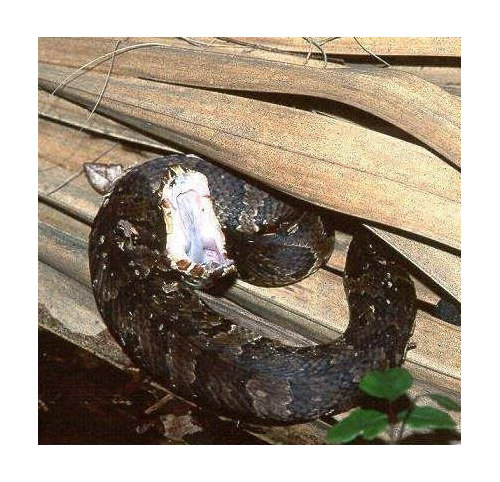
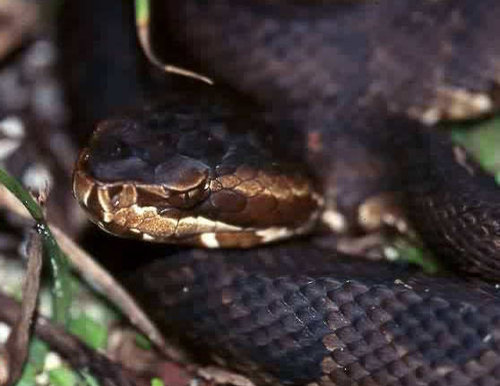
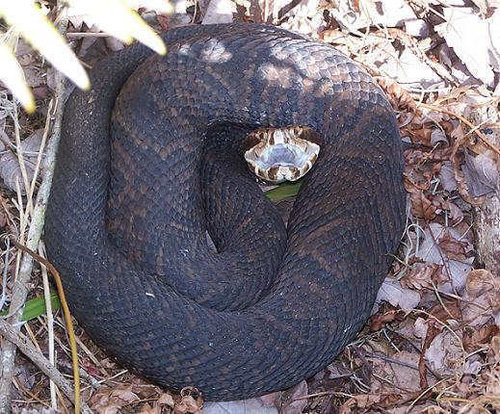
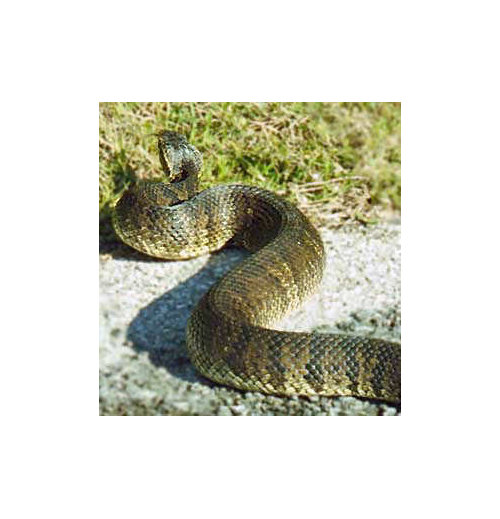
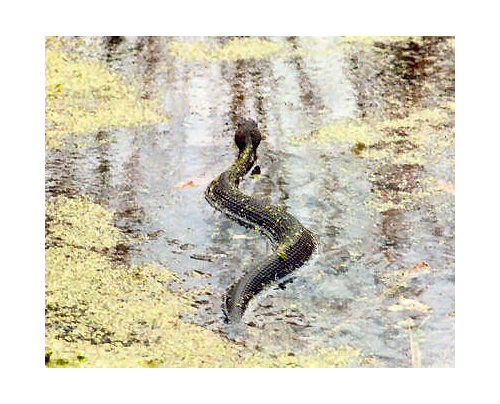
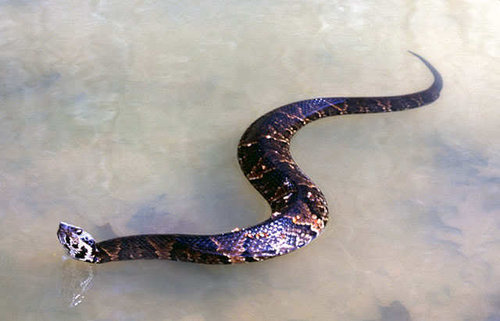
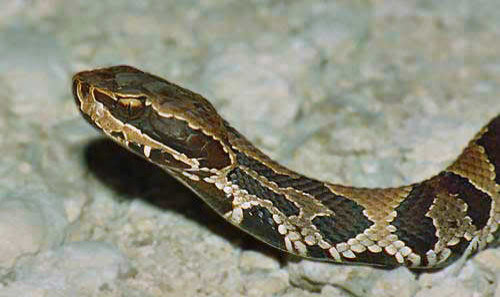
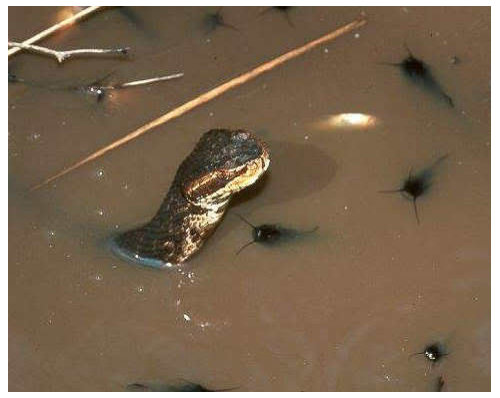
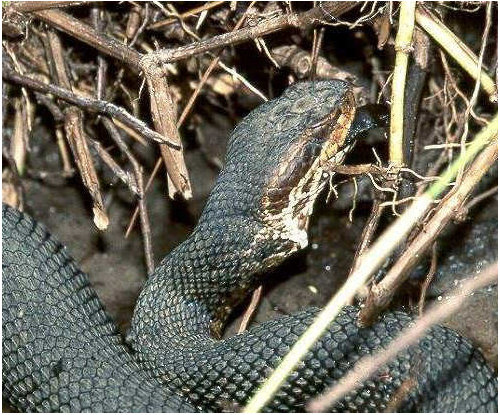
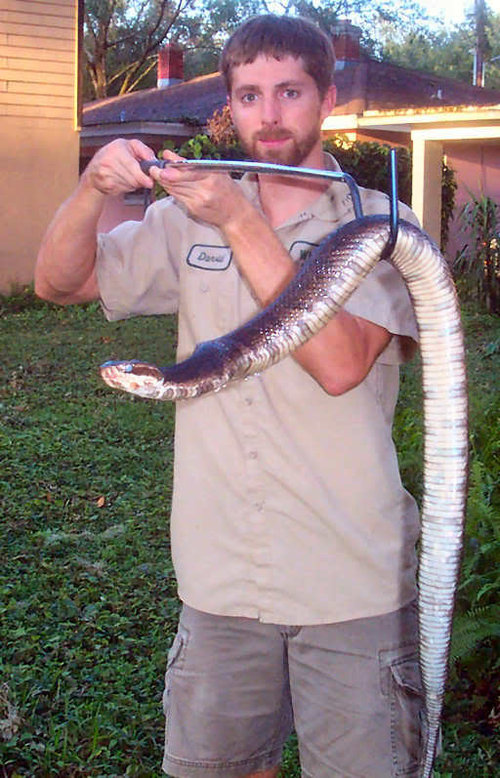
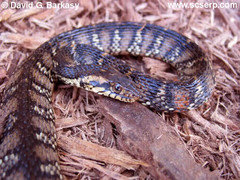


manatureOriginal Author